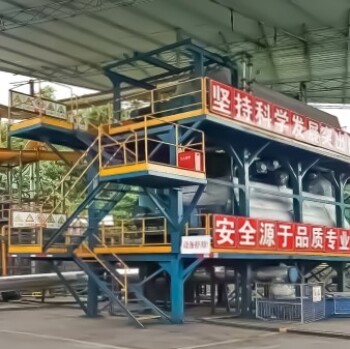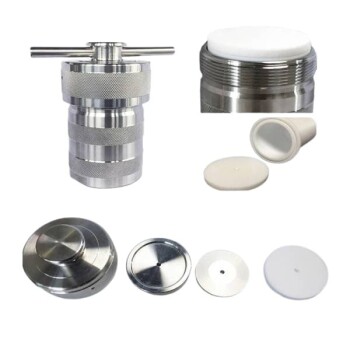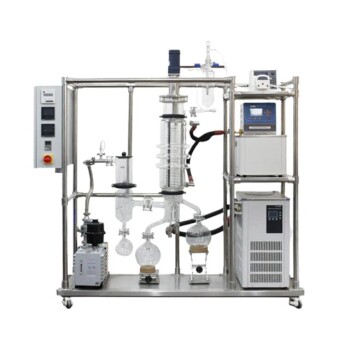Slow pyrolysis is a process that offers several benefits.
It involves the gradual heating of organic materials over an extended period.
This process results in the production of high-quality biochar, efficient recovery of bio-oil, and reduced environmental impacts.
Here’s a detailed explanation of each advantage:
What are the advantages of slow pyrolysis? (4 Key Benefits)

1. Production of High-Quality Biochar
Slow pyrolysis involves the gradual heating of organic materials over an extended period.
This process allows for the decomposition of these materials into biochar, gases, and some liquid products.
The slow heating and longer residence time promote the formation of high-quality biochar.
This biochar is rich in carbon and has various applications in soil improvement, water filtration, and as a renewable fuel source.
The process minimizes the yield of volatile gases, which is beneficial for controlling emissions and focusing on the solid product output.
2. Efficient Recovery of Bio-Oil
Slow pyrolysis generates a lower amount of liquid products compared to other pyrolysis methods like fast pyrolysis.
This characteristic allows for the design of more efficient condensation and collection systems that can capture and recover the produced bio-oil effectively.
The systems are tailored to handle the specific volume and type of bio-oil produced, ensuring minimal loss and optimal recovery.
Additionally, filtration systems can be integrated to remove any remaining solids or impurities, enhancing the quality of the bio-oil for further use.
3. Reduced Environmental Impacts
The process of slow pyrolysis contributes to environmental sustainability in several ways.
It reduces the amount of waste going to landfills by converting biomass into useful products like biochar and bio-oil.
This conversion also helps in reducing greenhouse gas emissions, as the carbon in the biomass is locked into the biochar, preventing its release into the atmosphere.
Furthermore, by minimizing the production of gases and liquids, slow pyrolysis lowers the risk of water pollution, which is a common concern with other biomass conversion methods.
4. Energy Independence and Economic Benefits
Slow pyrolysis can be conducted on a relatively small scale and in remote locations, making it a viable option for local energy production.
This decentralization enhances the energy density of biomass resources and reduces transport and handling costs.
The technology also supports energy independence by generating energy from domestic resources, reducing reliance on imported fuels.
Additionally, the implementation of slow pyrolysis technology can create new jobs, particularly in regions with significant waste generation, contributing to economic development and public health improvements through waste cleanup.
Continue exploring, consult our experts
Discover the future of sustainable energy and waste management with KINTEK SOLUTION.
Our advanced slow pyrolysis technology is revolutionizing how we convert organic materials into high-quality biochar and bio-oil, all while reducing environmental impact.
Unlock the potential of your biomass resources today – experience the benefits of energy independence, economic growth, and a cleaner planet.
Join the ranks of innovators who trust KINTEK SOLUTION for cutting-edge solutions that power progress.












